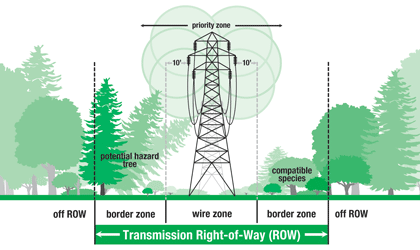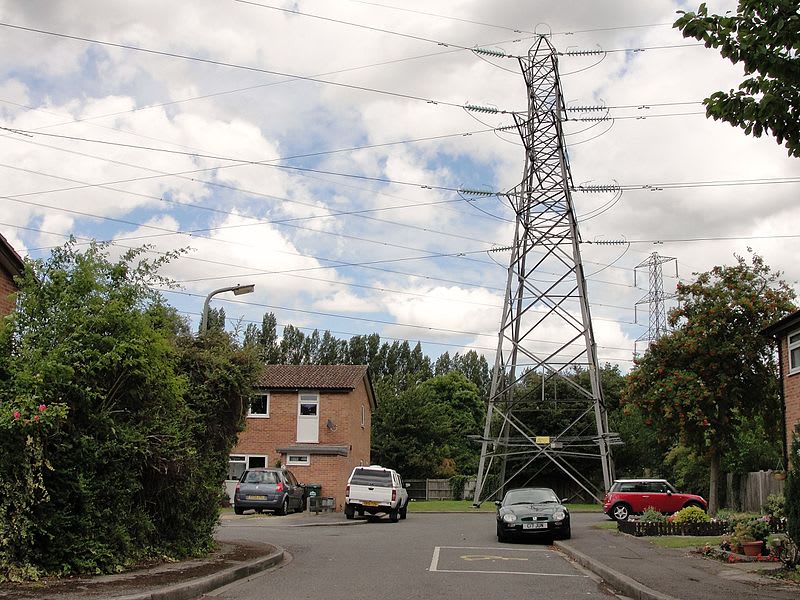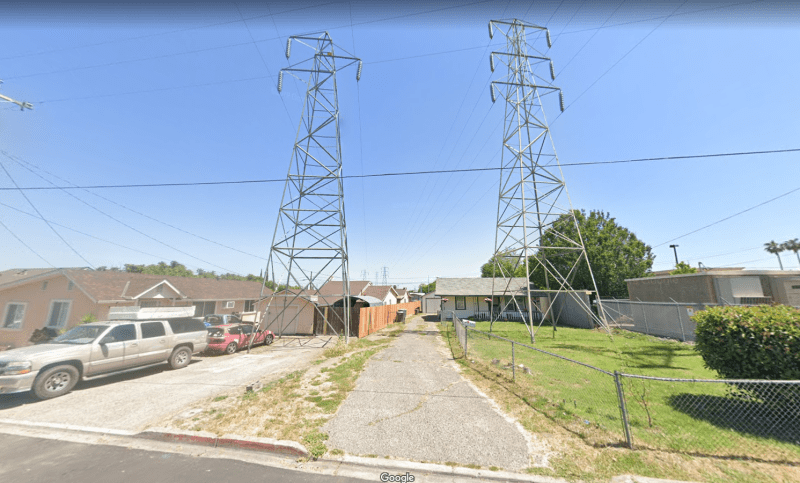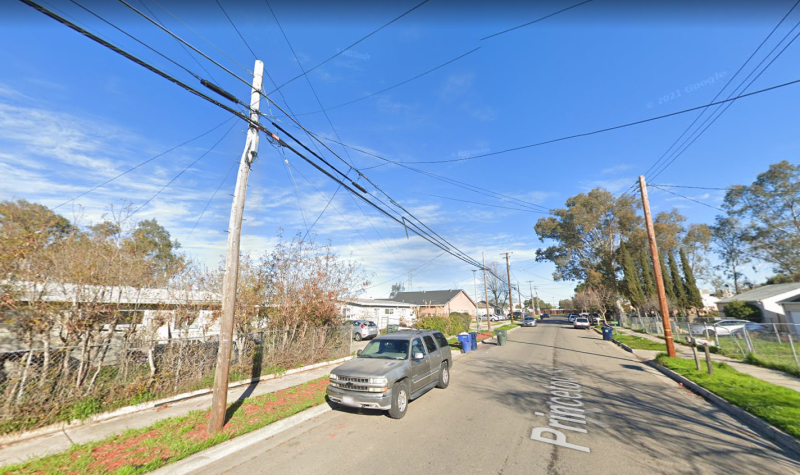Dror Hashai
Electrical
Hello, I have several questions regarding the distances from which is not allowed to inhabit long-term (Rights of way) around High Voltage (HV & EHV) transmissions lines:
1) Is the term Rights of Way suitable for Underground transmissions as well (I.E. Cables), or there is a different technical term used?
2) What is consider typical distances worldwide, for both Overhead lines and underground cables, for different levels of Voltage? (for example, Voltages of 150-525 kV)
3) Are there relevant standards or professional literature on the subject?
1) Is the term Rights of Way suitable for Underground transmissions as well (I.E. Cables), or there is a different technical term used?
2) What is consider typical distances worldwide, for both Overhead lines and underground cables, for different levels of Voltage? (for example, Voltages of 150-525 kV)
3) Are there relevant standards or professional literature on the subject?






